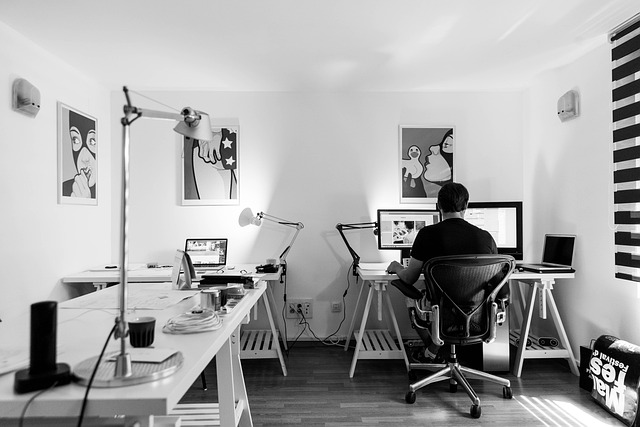
Many people want to make their own website, but don’t know how to do it. Like anything else in life, education is the key to building a website that will stand out. The following article contains a number of great tips for the beginning web designer.
Functional websites work out for all visitors, regardless of their browser, so it’s essential that your website is tested across all the major platforms. What works in Internet Explorer may not necessarily show up correctly in Firefox, Chrome, or Safari. Before uploading your site, give each page a look in each of the more popular web browsers.
If your site users will be registering to use your site, you should use their personal information to auto-fill forms. For instance, if a visitor registers for your newsletter and they are going to use the same information to make a purchase, be sure the data they’ve already entered is kept, so they do not have to re-enter the same information. Creating information that is “sticky” simplifies the entire process, and visitors are certain to appreciate all the time that they have saved.
Set up your website so that people can easily search it. This is especially important if you have a large website. The best place to put your search text box is in the top right hand corner as that is where the bulk of websites put theirs. You can get a search bar from Google or FreeFind.
White is a great choice for a background color. It’s simplistic, yet has a lot of potential at adding flare and color elsewhere. White backgrounds cause your content to be easily seen, and it gives your site a trustworthy feel and a more professional look. Complicated, artsy background designs look cool, but they can often be distracting to the reader. It’s usually better to keep your background simple.
Test your site early on and often. While you’re designing the website,it is very important you perform the usability tests and website’s user interaction as soon as you can. Continue testing it out as you improve and expand your website.
Focus on conditional loading as you build your webpages as well as CSS that is specifically for pages opening in varying browsers. This technique will make testing and maintenance easier. All sites require maintenance from time to time and making that easier will save you time.
Choose your fonts carefully. You should only choose fonts that look professional and are easy to read. Many times you can tell a site is not professional because of the fonts they have chosen. Overly ornate or obscure fonts should be avoided, as they may not display properly on site visitors’ computers. If your website calls for a font that your visitors do not have, a default font will be substituted. This can interfere with the design of your website.
Reading tips and tricks like those here is key to mastering web page design. This means you should do everything you can to learn as much as you can about website development. Without a working understanding of web design, your site will look totally unprofessional.
The majority of people are familiar with Photoshop, and for those who want to succeed with web design, they understand they must learn as much as they can about it. On the other hand, Dreamweaver is lesser known, and many people are unaware of the benefits it has for web designers. It’s important to get to know this application and learn how it can aid your design.
Captchas are useful for preventing automated registration, but should be used sparingly. Encountering a captcha pulls a website visitor out of passive viewing, and forces them to solve a relatively complicated problem to continue. Unless visitors are already addicted to your site, they will probably leave your site in search of simpler pastures.
It is not imperative that you handle all the design elements for your site. Website development encompasses many different aspects, including programming, graphic design, content creation, optimization for search engines, and user interface design. Don’t be afraid to get help if you need it. If there are areas that are unfamiliar to you, consider hiring a professional service to help you.
Site Map
You need a site map to help people navigate your site. A site map does a couple things. They allow anyone who visits a website to get a quick overview. This allows visitors to find links to topics on your site that interest them on one single page. Secondly, it is a good tool for SEO, or search engine optimization. This will help people to find what they want in a short period of time.
When creating a website, there are many places to look for creative inspiration. Ideas can come from all kinds of places, such as kid’s projects and television. Keep looking around for new ideas and you will find inspiration.
Purchase different materials to stay on top of your region. You are ensured of getting a domain name in a certain part of the world this way. A ccTLD can be a great way to help visitors from within your region discover your site. They might not find it without one!
As stated in the article, you just need the right information to build your own website. Building a website shouldn’t take a lot of time if you know some good tricks to speed up the process along the way. Design a great site with the tips above.